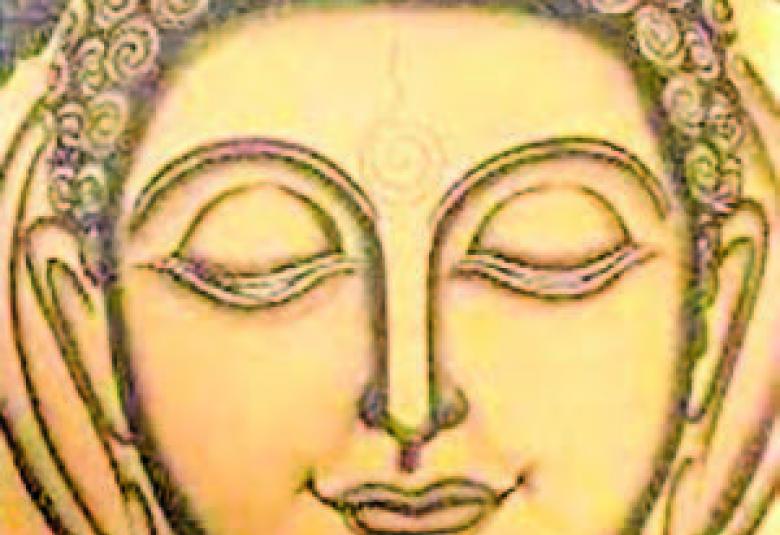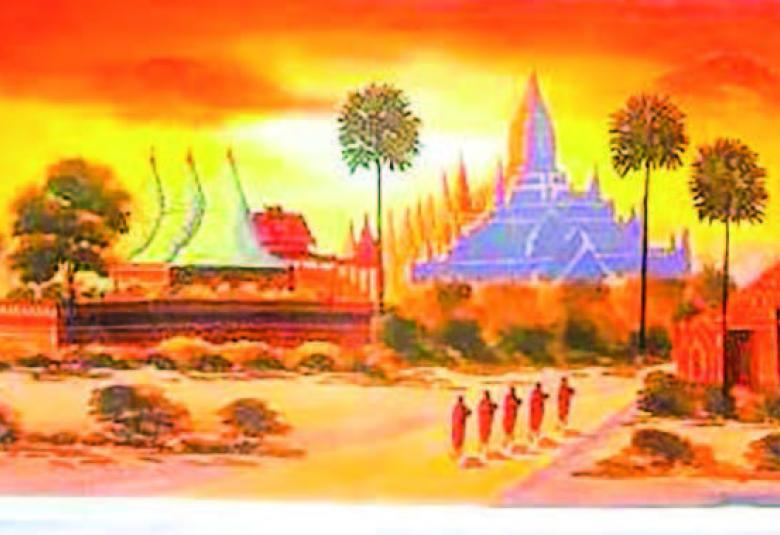ACCORDING to local sand painters, the interest and purchases of Bagan’s sand paintings are high among local and foreign travellers.
Bagan is famous for its ancient heritages, pagodas, temples and mural paintings. These mural paintings are changed into sand paintings and so they have gained popularity among tourists.
In Bagan, the people usually run sand painting, mural painting, lacquerware, curving and puppets, and the sand painting with affordable investment lured the interest of locals more in recent years.
The sand painting (cloth painting) emerged over 30 years ago during the period of taking records with paper on mural paintings of temples and pagodas by the Archaeological Department. An artist invented sand painting by spreading sand on cloth and it became the art of sand painting.
The artist first coats a piece of cloth with glue and then sprinkles sand over the surface. Once the newly created sand canvas has dried in the sun, the artist then paints an image onto the sandpaper. It takes two to three days to finish the painting depending on the size and design. The price for a 10-inch by 25-inch sand painting starts from K25,000.
There are three types of painting: sand painting, sand sculpting and mural painting. The sand painting and mural painting show the culture of Myanmar in the Baga era. Moreover, the sand sculpting attracts tourists although it is hard to create. Recently, the sales of ancient sand paintings and sand sculptures of Buddha images are in good condition.
Sand painting is said to be a business in the Bagan region, and the painters make efforts to get a firm market with their modern and iconic artworks. — Nyein Thu (MNA)/KTZH




